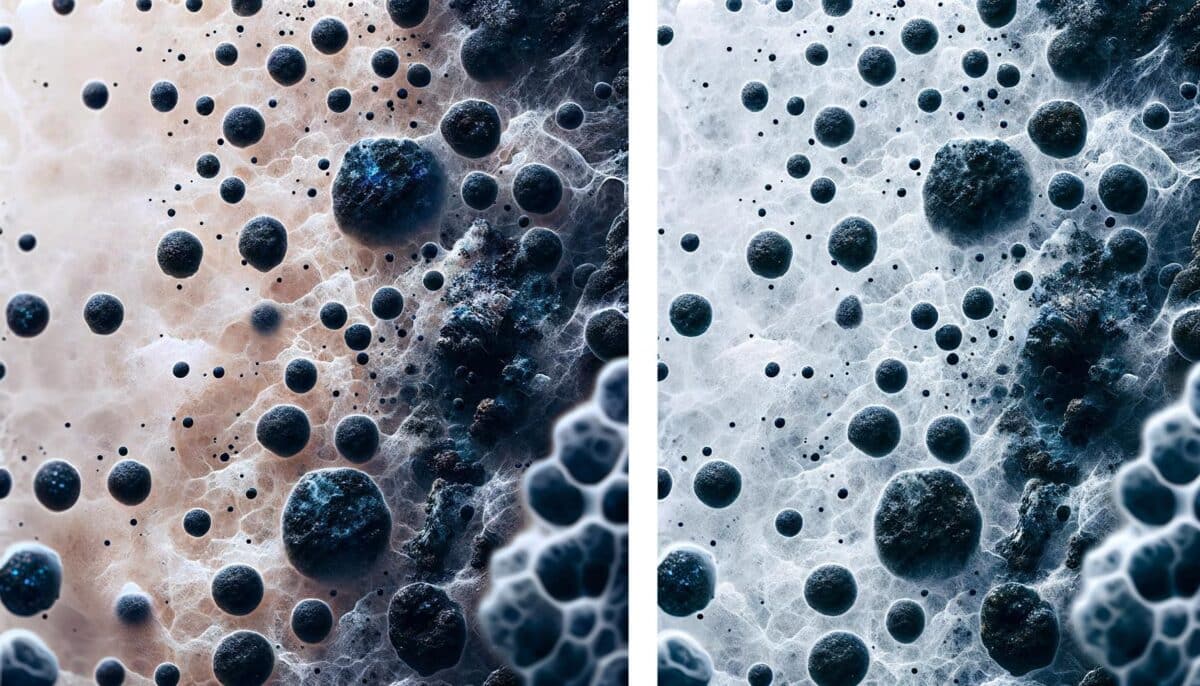Understanding Dark Spots and Their Causes
Dark spots, often referred to as age spots or hyperpigmentation, can appear on various areas of the skin, primarily on the face, hands, and other spots frequently exposed to the sun. These pigmentation issues occur when the skin produces excess melanin, often due to prolonged sun exposure or as a result of the natural aging process. While not harmful, many seek to remove age spots to achieve a more even skin tone. Understanding the underlying causes of these spots is essential before embarking on any removal strategy. Common contributing factors include UV radiation, hormonal changes, post-inflammatory reactions, and certain medications. By being aware of these triggers, individuals can better prevent and treat dark spots effectively.
Preventive Measures to Avoid Dark Spots
Prevention is always more effective than treatment when it comes to dark spots. Implementing daily skin care practices can significantly help in maintaining an even complexion. Here are some preventive measures:
- Apply a broad-spectrum sunscreen with a high SPF every day, even during cloudy weather and winter months.
- Wear protective clothing, hats, and sunglasses when exposed to direct sunlight for extended periods.
- Incorporate antioxidants like Vitamin C into your skincare routine to combat free radicals and reduce pigmentation.
- Avoid picking or squeezing blemishes to prevent post-inflammatory hyperpigmentation.
These practices can help mitigate the formation of age spots and maintain younger-looking skin.
Top Treatments for Dark Spot Removal
For those already dealing with dark spots, several treatments are available to help reduce their appearance. Popular options include:
- Topical creams and serums containing ingredients such as hydroquinone, retinoids, or azelaic acid, which lighten hyperpigmented areas.
- Chemical peels, which exfoliate the skin’s surface to remove darker layers and promote new cell growth.
- Laser therapy, which targets melanin and breaks down pigmentation over several sessions.
Each method varies in cost and effectiveness, and consulting a dermatologist can provide guidance on the most suitable treatment to help remove age spots safely and effectively.
Natural Remedies to Try at Home
For those preferring a more natural approach, several home remedies may assist in lightening dark spots gradually. While results can vary and are often slower than clinical treatments, they are worth exploring:
- Lemon juice, known for its bleaching properties, can be applied directly to dark spots, but be sure to rinse off and follow with sunscreen.
- Aloe vera gel, renowned for its calming and healing properties, can help reduce pigmentation over time.
- Apple cider vinegar diluted with water can be used as a toner to even out skin tone.
Consistency is key with natural remedies, and they must be used with caution to prevent any adverse reactions, especially for those with sensitive skin.
Consulting Professionals for Optimal Results
When attempting to remove age spots, seeking professional advice can be invaluable. Dermatologists can assess individual skin types and recommend treatment plans tailored to specific concerns. In some cases, a combination of methods may be suggested to achieve the best results. Professional interventions also minimize the risk of side effects and ensure treatment efficacy. Moreover, dermatologists can offer advice on lifestyle adjustments and skincare products that support overall skin health. Whether opting for clinical treatments or home remedies, having expert guidance ensures safer and more effective solutions for dark spot removal.
Conclusion: Achieving Radiant Skin
Whether through preventive measures or targeted treatments, achieving a clearer complexion and removing age spots is possible with consistent care and the right approach. Understanding the causes of pigmentation, exploring various treatments, and possibly consulting with professionals can lead to radiant and healthier-looking skin. No matter the path chosen, the goal is to enhance skin confidence with effective and safe practices.
